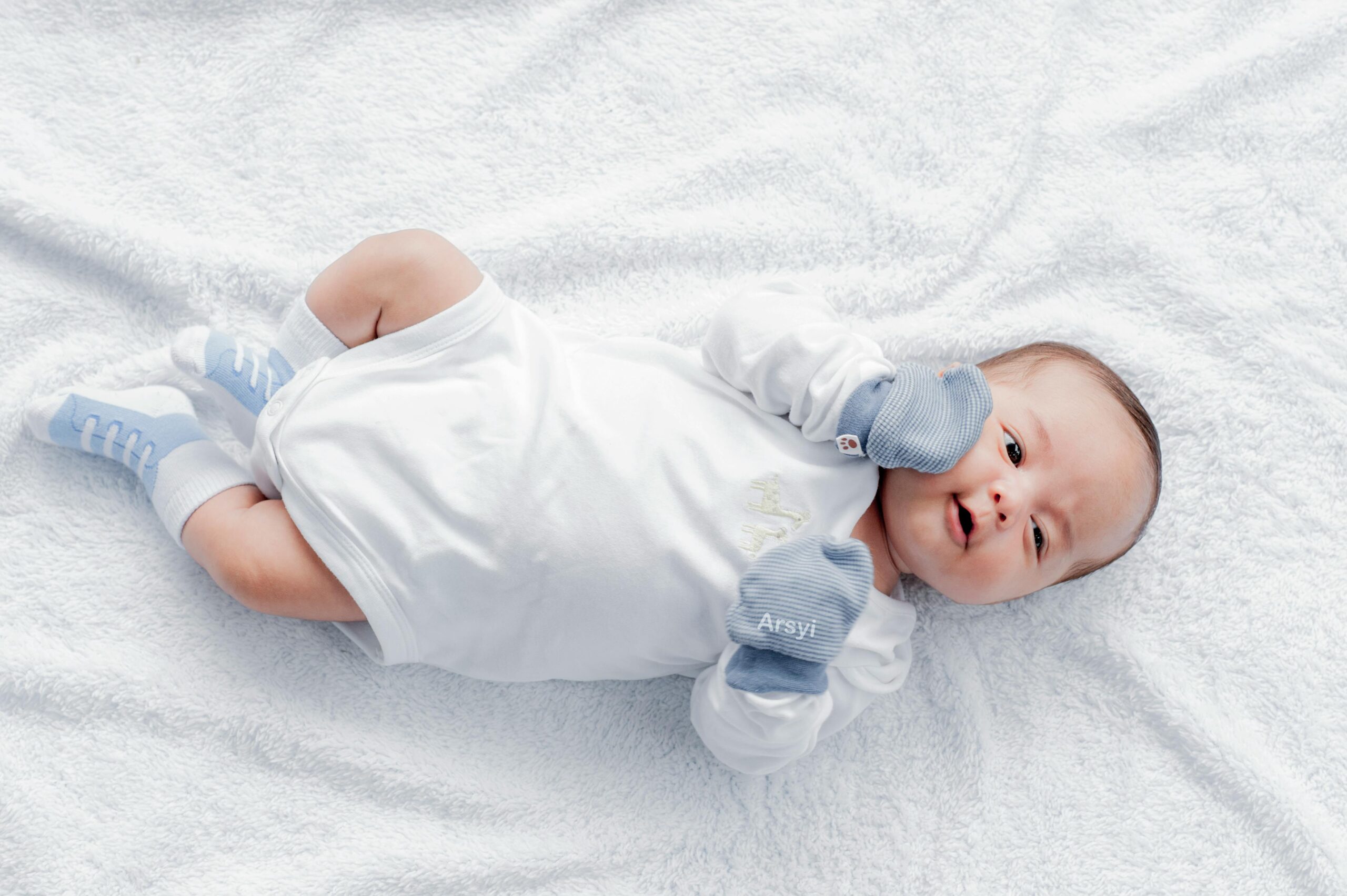When parents are expecting their first child, they spend hours researching what they need to acquire. From the perfect crib and stroller to the best diapers and the right baby bottle, everything has to be just right.
For most of those choices, information exists to make informed decisions and federal safety rules guide what products may be sold.
For example, the Consumer Product Safety Commission in 2011 prohibited the manufacture and sale of drop-side cribs. More than 3,500 incidents and injuries were reported over the course of just three years.
Similarly, the agency in 2014 set new rules for strollers to address problems with wheels, brakes and hinges after receiving 1,300 incidents and injuries.
But many expecting parents may be surprised to learn there are few safety rules for the hundreds of creams, lotions and shampoos used daily on babies and children.
The chemicals in these products are not reviewed by independent scientists at the Food and Drug Administration (FDA). There is no guarantee that the concentration of chemicals used in children’s products is appropriate for their developing bodies. For many chemicals, we just don’t know.
If parents report negative reactions like skin irritation or even something serious like a burn or infection, companies are not required to tell the FDA. The agency does not even have the authority to order a product be taken off the shelf if it is causing serious harm or is contaminated.
The Personal Care Products Safety Act introduced in the Senate last year could finally change this reality. The bill is the first introduced on this issue to gain Democratic and Republican support, as well as the support of health advocates like Environmental Working Group and March of Dimes, and companies like California Baby and Johnson & Johnson.
A key component of the bill is an FDA review process for ingredients used in these products. FDA would review at least five chemicals per year. The bill specifies the chemicals to be reviewed in the first year. After the first year, chemicals would be chosen for review based on input from consumers, doctors, scientists and companies.
Many chemicals in personal care products, including endocrine disruptors, have been associated with adverse health effects. Three of the first five chemicals to be reviewed—Diazolidinyl Urea, Propyl Paraben, and Quaternium-15—are endocrine disruptors. They are used as preservatives in a wide-range of products including lotion, shampoo and body wash.
Endocrine disruptors create an imbalance in the body’s hormones. These effects are exacerbated in children whose bodies are still developing and absorb chemicals at a higher rate than adults.
This is true of all environmental toxins. That’s why there is much greater concern about the effects of lead poisoning in children than adults.
In fact, the Future of Children, a joint project of Princeton University and the Brookings Institute, found that a child’s skin may absorb up to 300 percent more chemicals than an adult’s.
The ingredient-review process would address which chemicals can continue to be used in children’s products, and if so, what the concentration levels should be.
FDA may determine that some chemicals, particularly endocrine disrupting chemicals, are not appropriate in any children’s products, or are only appropriate in much smaller amounts than are used in products for adults.
The key for many chemicals may be how much is used. We need to know at what concentration these chemicals are unsafe for children.
For example, a chemical that is appropriate at a concentration of five parts per million in adult products may only be appropriate at one part per million in children’s products.
Companies like California Baby would still have the power to adopt a stricter standard. They could use less of a particular ingredient, or not use certain ingredients at all, but the ingredient review process would finally create a uniform safety standard so the industry knows what the parameters are.
The bill would also require companies to register with FDA and provide a full list of their ingredients.
Warning labels would be required for products not appropriate for children, and complete label information, including ingredients and product warnings, would be posted online to ensure parents can make informed decisions.
Lastly, FDA would be given the authority to recall products that cause serious harm.
Regardless of which products parents choose to buy, they should have the peace of mind that every product on the shelf is safe for their growing children.
source: huffingtonpost








